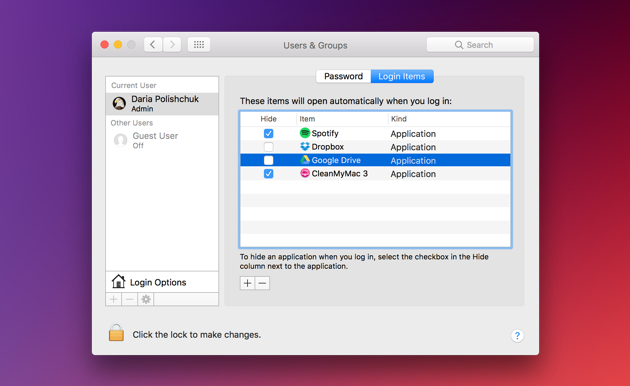

- Remove advanced mac cleaner from the command line mac os#
- Remove advanced mac cleaner from the command line full#
Removed conditions when Microsoft Defender for Endpoint was triggering a macOS 11 (Big Sur) bug that manifests into a kernel panic.Added a new command-line switch ( -ignore-exclusions) to ignore AV exclusions during custom scans ( mdatp scan custom).Improved the reliability of the agent when running on macOS 11 Big Sur.Support for macOS 10.13 (High Sierra) will be discontinued on February 15th, 2021. If you are an existing customer upgrading from earlier versions of macOS, make sure to deploy the additional configuration profiles listed on this page. On macOS 11 (Big Sur), Microsoft Defender for Endpoint requires additional configuration profiles. If the -c option is used, the context is included as part of the Netsh command.-f ScriptFile Specifies that all of the Netsh commands in the ScriptFile file are run. Otherwise, Netsh displays command-line help.


Remove advanced mac cleaner from the command line full#
You must specify a full Netsh command, complete with parameters. Command Specifies the netsh command to run. Once you’ve mastered command line commands, it’s relatively easy to write scripts, and shell scripts make building all sorts of data pipelines and workflows much simpler. Since the command line is a program that runs other programs (hence the name “shell”), the interaction between programs is often easier to adjust in the command line. The command that you indicated above: Cleanmgr /sageset:65535 & /sagerun:65535 Brings up the new Advanced Disk Cleanup Tool, Minus the Options to Uninstall Programs and Delete Previous Restore points and all that’s left is to Click O.K., which does nothing but shut down Disk Cleaner. While it is relatively user friendly, it uses many of the tools and resources that are already installed on your Mac. Advanced Mac Cleaner is not as advanced as its name would have you believe. The Mac command line is a program called Terminal.
Remove advanced mac cleaner from the command line mac os#


 0 kommentar(er)
0 kommentar(er)
